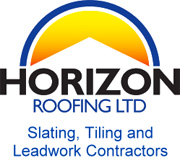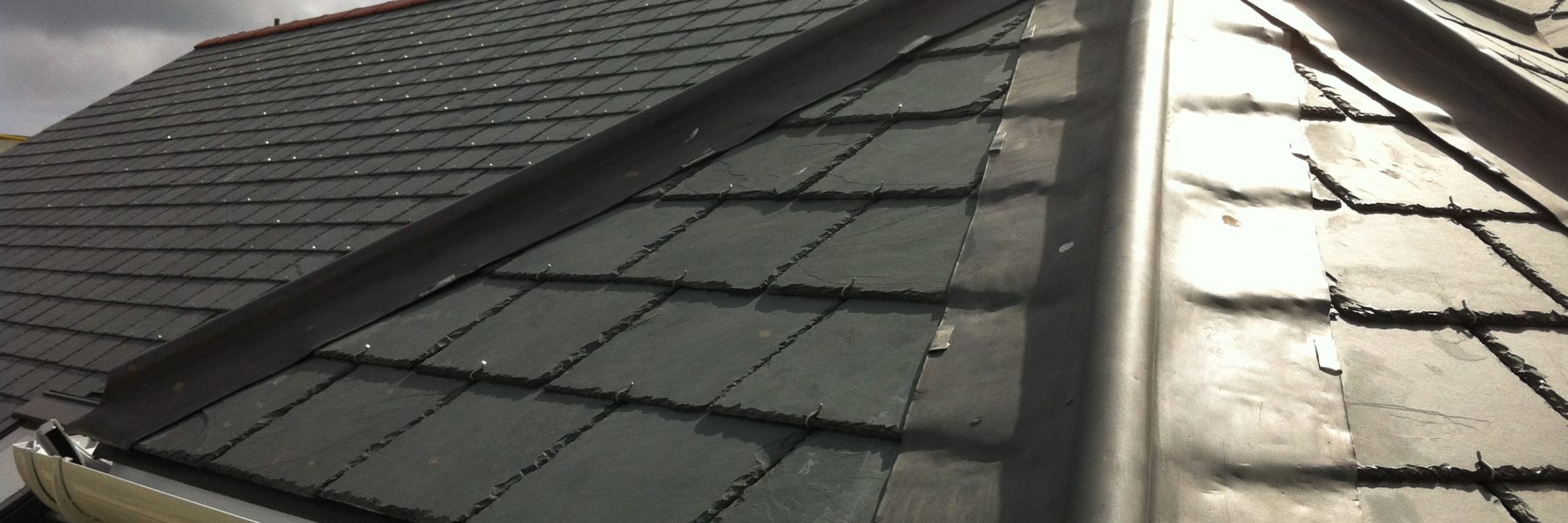Leadwork
The natural properties of lead make it as suitable a roof covering today as it did hundreds of years ago. The Romans and then Normans, first utilised lead as a building material in pipes and roof covering sheets because of its stable and weatherproof qualities and its high resistance to atmospheric corrosion.
Lead has an aesthetic quality that, when freshly cut, the metal has a silvery bluish white colour but tarnishes quickly to dull grey when exposed to air and weathers to a timeless natural look. Patternation oil is used to reduce the initial risk of staining where rain from lead flashings and weathering drain onto other surfaces until the natural lead patina begins to form.
Lead has many applications in roofing and can be used for soakers, flashings, pitched roof gutters, cladding for windows and roof furniture, parapets and flat roofing. The extent to which lead expands and contracts depends on the degree of exposure to direct sunlight / prevailing wind / rain / ice / snow and on the size of the sheet, which must be kept within recommended limits and fixed in such a way as to properly allow for this movement.
Rolled Lead Sheet is the most widely used lead sheet in today’s construction industry, the standard product range, from Code 3 (1.32mm thick) to Code 8 (3.55mm) and beyond, right up to Code 15 (6.35mm) The European Standard also states that the thickness tolerance of the finished product shall not vary by more than +/- 5% AT ANY POINT on the sheet.
Sand cast sheet is often specified today as a direct like-for-like replacement in historic properties, particularly as a heritage requirement for listed buildings, or for the aesthetic attraction of its slightly grainy surface on one side, caused by contact with the sand bed during manufacture. The traditional lead roof on many English Churches and Cathedrals may well have stood the test of time over hundreds of years mainly because of the durability and lifespan of the material and sound construction principles used.
Refurbishment or replacement of lead roofs on older and historic buildings is achieved economically by striping off the lead and recycling it. This ease with which lead can be recycled and its economic value ensures that a viable scrap lead recovery network in the UK remains. More than 95% of lead used in building is recycled, greater than other substitute products.

